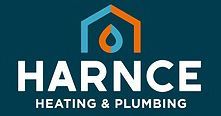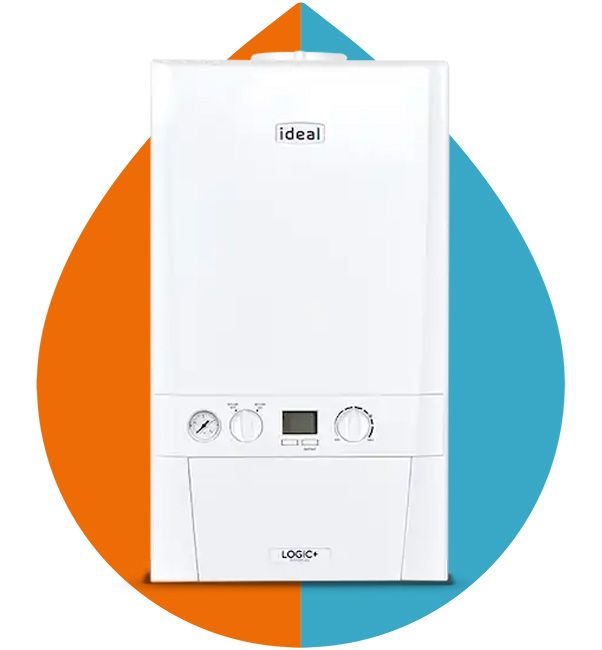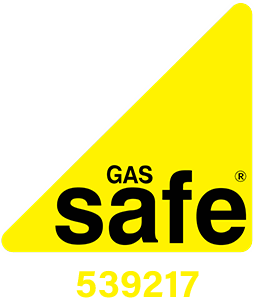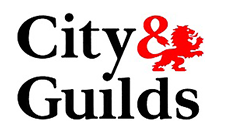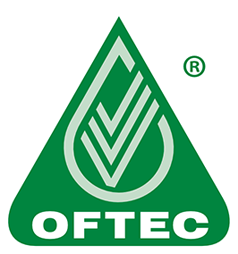Disadvantages to Conventional Traditional Boilers:
Space Requirements: Requires more space due to the separate components (boiler, hot water cylinder, and water tanks).
Installation Complexity: Installation can be more complex and costly, especially in homes without an existing conventional system.
Heat Loss: Hot water stored in the cylinder can lose heat over time, leading to energy inefficiency compared to on-demand systems like combi boilers.
Maintenance: More components mean more maintenance requirements and potential points of failure.
Overall, conventional traditional boilers are a robust and reliable option for homes with high hot water demand and multiple bathrooms, but they require more space and can be less energy-efficient compared to modern combi boilers.
